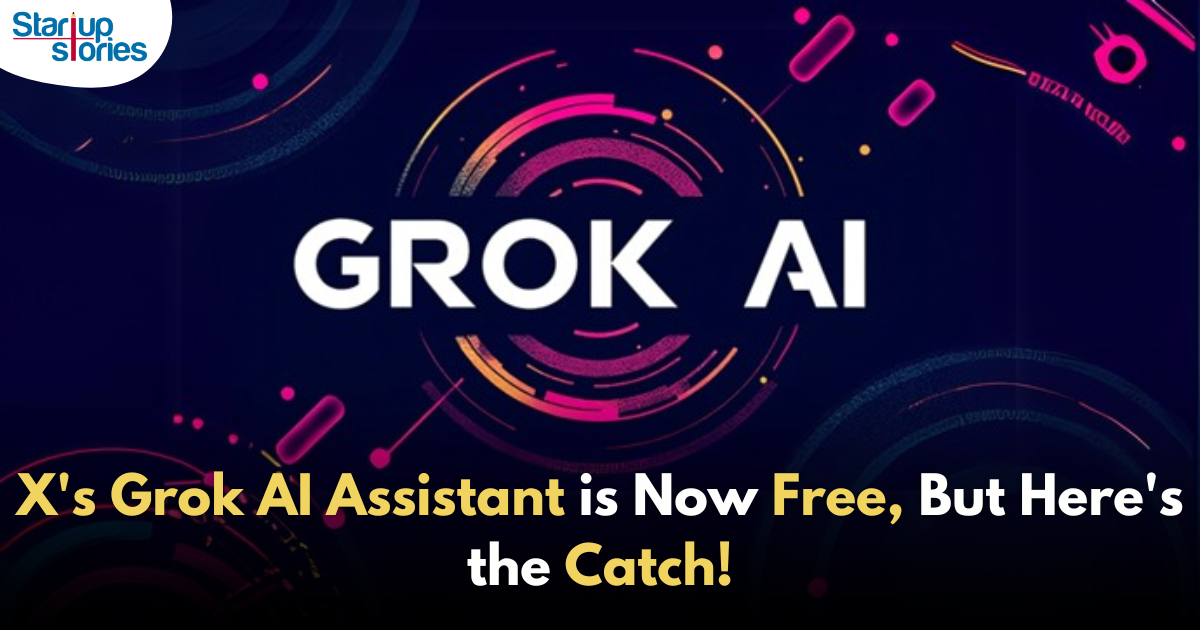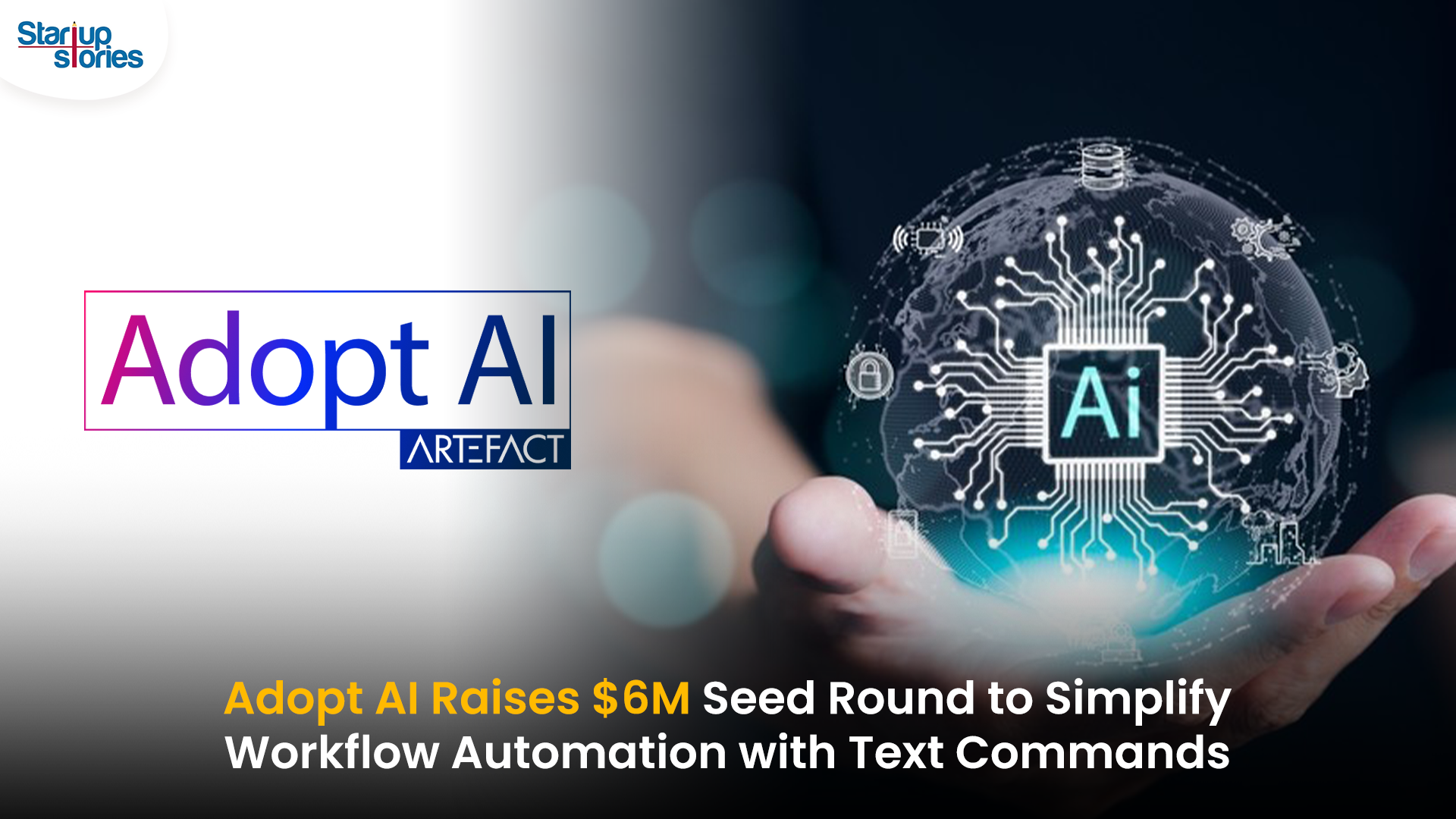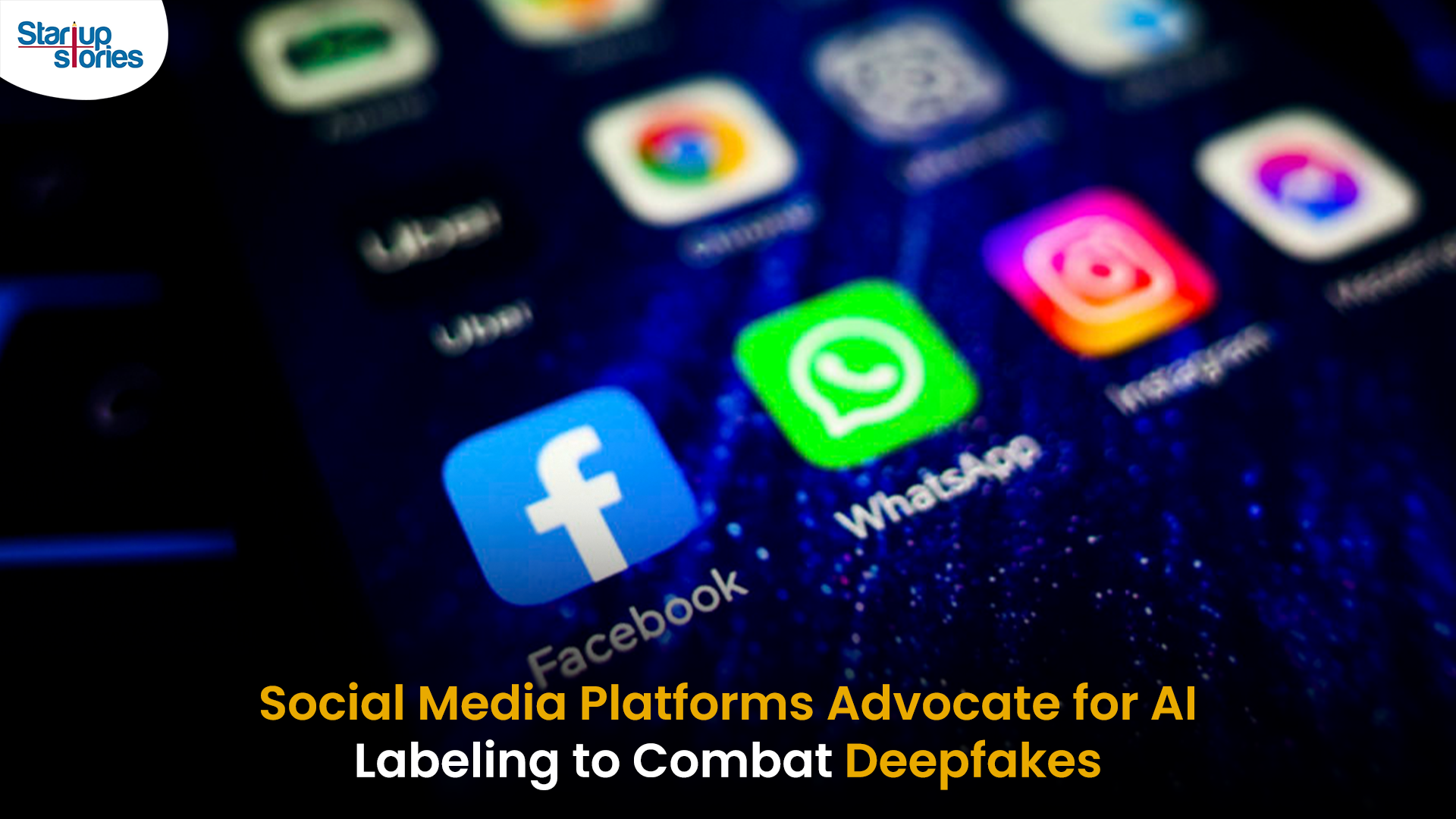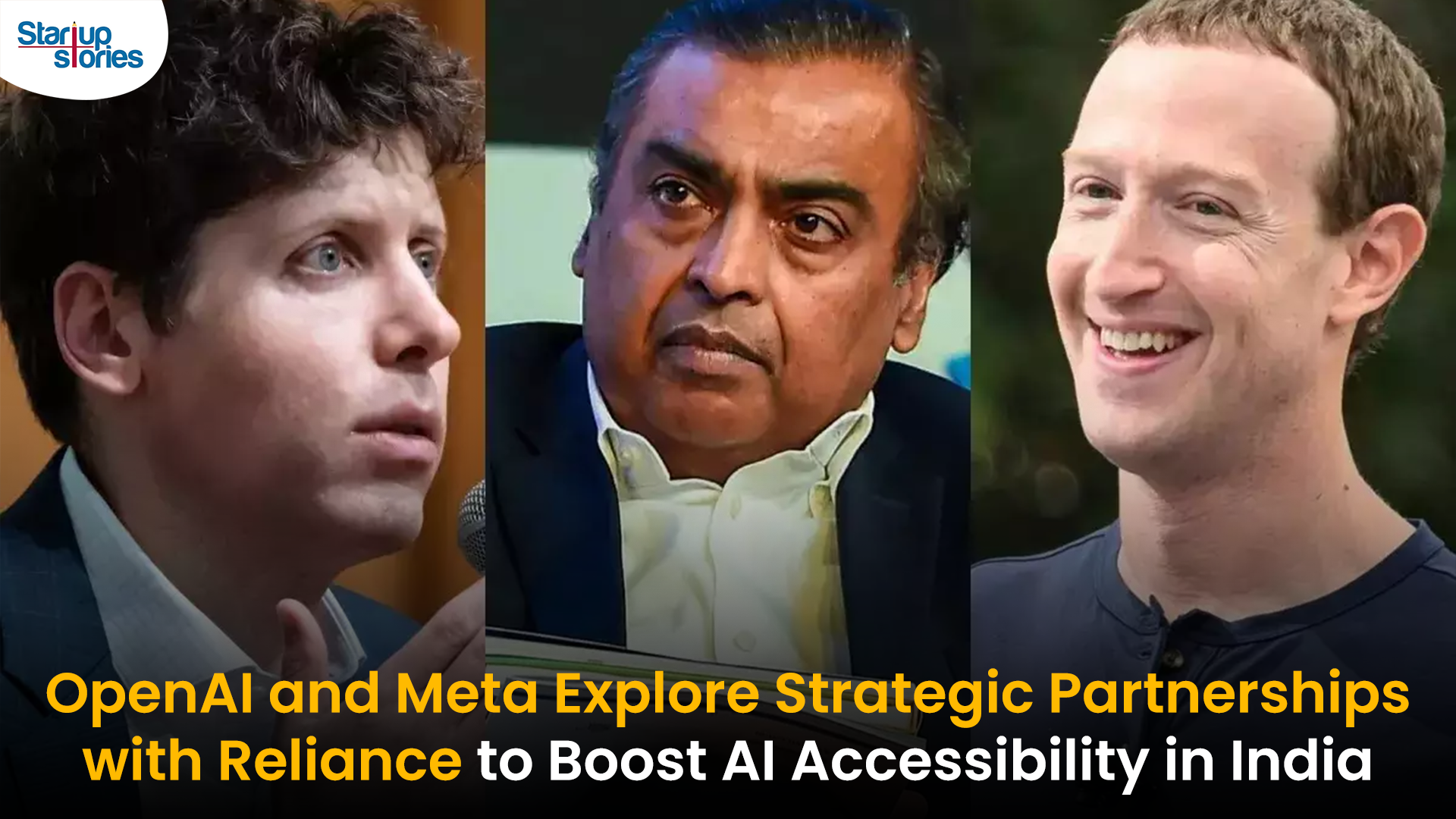Artificial Intelligence
X’s Grok: A Free AI Assistant with a Catch!

X, formerly known as Twitter, has made a significant stride in the AI landscape by making its AI assistant, Grok, freely accessible to all users. However, this generosity comes with certain limitations that users should be aware of.
A Freemium Model for AI
To encourage wider adoption, X has implemented a freemium model for Grok. Free users can interact with the AI up to 10 times every two hours, which includes both text prompts and image generation. However, when it comes to image analysis, users face stricter limitations, being allowed to analyze only three images per day. For those seeking a more robust experience, X Premium offers additional features such as increased usage limits and faster response times.
Grok’s Unique Personality
One of Grok’s distinguishing features is its personality. Unlike many other AI chatbots that tend to be formal and straightforward, Grok is designed to be more humorous, sarcastic, and uninhibited. This unique approach allows it to access real-time information and provide direct, unfiltered responses. While this can be refreshing for users looking for a more engaging interaction, it also raises concerns about the potential for controversial or inappropriate content.
Aurora: A Powerful Image Generator
In addition to Grok, X has launched a new image generator called Aurora. This tool allows users to create a wide range of images, including those featuring public figures and copyrighted characters. While this level of creative freedom is impressive, it also raises concerns about potential misuse and copyright infringement. Aurora builds on the capabilities of previous tools but expands the boundaries of what users can generate.
Limitations and Future Prospects
Despite Grok’s exciting features and free access, there are notable limitations that users must navigate. For instance, while free users can send prompts and generate images within set limits, they may find themselves constrained compared to Premium subscribers who enjoy greater flexibility. Moreover, Grok currently lacks the ability to process documents such as PDFs and Word files; however, Elon Musk has hinted at future updates that may enhance its capabilities.
Competitive Landscape
Grok’s introduction into the AI chatbot market positions it against established players like OpenAI’s ChatGPT, Google’s Gemini, Microsoft’s Copilot, and Anthropic’s Claude. As these competitors have already built substantial user bases with their own freemium models, Grok aims to carve out its niche by offering a distinct personality and real-time data access that sets it apart from traditional AI assistants.
Conclusion
As AI technology continues to evolve, X is pushing the boundaries of what’s possible with Grok and Aurora. While the free access to Grok provides an exciting opportunity for users to explore AI capabilities without financial commitment, the limitations imposed highlight X’s strategy to encourage upgrades for a fuller experience. Balancing innovation with ethical considerations will be crucial as X navigates its role in the rapidly changing landscape of artificial intelligence. As Grok develops further and more features are rolled out, it will be interesting to see how it shapes user interactions on the platform and addresses potential challenges related to content moderation and copyright issues.
Artificial Intelligence
Adopt AI Secures $6 Million to Power No-Code AI Agents for Business Automation

Adopt AI, a San Jose and Bengaluru-based agentic AI startup, has raised $6 million in seed funding led by Elevation Capital, with participation from Foster Ventures, Powerhouse Ventures, Darkmode Ventures, and angel investors. The funding will be used to expand the company’s engineering and product teams and to scale enterprise deployments of its automation platform.
Founded by Deepak Anchala, Rahul Bhattacharya, and Anirudh Badam, Adopt AI offers a platform that lets businesses automate workflows and execute complex actions using natural language commands, without needing to rebuild existing systems. Its core products include a no-code Agent Builder, which allows companies to quickly create and deploy AI-driven conversational interfaces, and Agentic Experience, which replaces traditional user interfaces with text-based commands.
The startup’s technology is aimed at SaaS and B2C companies in sectors like banking and healthcare, helping them rapidly integrate intelligent agent capabilities into their applications. Adopt AI’s team includes engineers from Microsoft and Google, with Chief AI Officer Anirudh Badam bringing over a decade of AI experience from Microsoft.
The company has also launched an Early Access Program to let businesses pilot its automation solution and collaborate on new use cases.
Artificial Intelligence
Social Media Platforms Push for AI Labeling to Counter Deepfake Risks

Social media platforms are intensifying efforts to combat the misuse of deepfake technology by advocating for mandatory AI labeling and clearer definitions of synthetic content. Deepfakes, created using advanced artificial intelligence, pose significant threats by enabling the spread of misinformation, particularly in areas like elections, politics, and personal privacy.
Meta’s New Approach
Meta has announced expanded policies to label AI-generated content across Facebook and Instagram. Starting May 2025, “Made with AI” labels will be applied to synthetic media, with additional warnings for high-risk content that could deceive the public. Meta also requires political advertisers to disclose the use of AI in ads related to elections or social issues, aiming to address concerns ahead of key elections in India, the U.S., and Europe.
Industry-Wide Efforts
Other platforms like TikTok and Google have introduced similar rules, requiring deepfake content to be labeled clearly. TikTok has banned deepfakes involving private figures and minors, while the EU has urged platforms to label AI-generated media under its Digital Services Act guidelines.
Challenges Ahead
Despite these measures, detecting all AI-generated content remains difficult due to technological limitations. Experts warn that labeling alone may not fully prevent misinformation campaigns, especially as generative AI tools become more accessible.
Election Implications
With major elections scheduled in 2025, experts fear deepfakes could exacerbate misinformation campaigns, influencing voter perceptions. Social media platforms are under pressure to refine their policies and technologies to ensure transparency while safeguarding free speech.
Artificial Intelligence
Transforming India’s AI Landscape: OpenAI and Meta’s Collaborative Talks with Reliance Industries

OpenAI and Meta Platforms are reportedly in discussions with India’s Reliance Industries to explore potential partnerships aimed at enhancing their artificial intelligence (AI) offerings in the country. This development underscores India’s growing significance in the global AI landscape.
Key Aspects of the Discussions
- Partnership with Reliance Jio: One of the main focuses is a potential collaboration between Reliance Jio and OpenAI to facilitate the distribution of ChatGPT in India. This could enable wider access to advanced AI tools for businesses and consumers, leveraging Reliance’s extensive telecommunications network.
- Subscription Price Reduction: OpenAI is considering reducing the subscription cost for ChatGPT from $20 to a more affordable price, potentially just a few dollars. While it is unclear if this has been discussed with Reliance, such a move could significantly broaden access to AI services for various user demographics, including enterprises and students.
- Infrastructure Development: Reliance has expressed interest in hosting OpenAI’s models locally, ensuring that customer data remains within India. This aligns with data sovereignty regulations and addresses growing concerns about data privacy. A planned three-gigawatt data center in Jamnagar, Gujarat, is expected to serve as a major hub for these AI operations.
Market Implications
These potential partnerships reflect a broader trend among international tech firms aiming to democratize access to AI technologies in India. If successful, they could reshape India’s AI ecosystem and accelerate adoption across various sectors. As negotiations continue, stakeholders are closely monitoring how these alliances may impact India’s technological landscape and its position as a leader in AI innovation.












droversointeru
December 29, 2024 at 12:33 pm
I’d perpetually want to be update on new articles on this internet site, bookmarked! .
xnxx
January 4, 2025 at 4:22 pm
Wow, amazing blpog layout! Howw long have you been logging for?
you made blokgging lolk easy. The ovgerall look oof your
web ste iss magnificent, llet alone tthe content!
binance Sign Up
March 25, 2025 at 1:24 pm
Your point of view caught my eye and was very interesting. Thanks. I have a question for you.
drover sointeru
April 12, 2025 at 8:59 pm
I liked as much as you will receive carried out right here. The caricature is tasteful, your authored material stylish. however, you command get bought an impatience over that you would like be delivering the following. ill definitely come more earlier again since precisely the same nearly very ceaselessly inside case you shield this hike.
Free Basketball Streaming
May 11, 2025 at 10:04 am
I am not certain the place you’re getting your information, but great topic. I must spend some time studying more or figuring out more. Thank you for fantastic information I was on the lookout for this info for my mission.
binance-
May 19, 2025 at 8:43 am
Your article helped me a lot, is there any more related content? Thanks!
uitcl
June 6, 2025 at 9:11 am
how can i get generic clomiphene tablets can i buy generic clomid tablets can you buy cheap clomid without rx how to get generic clomiphene price cost clomid for sale buy cheap clomid price where can i get clomid without dr prescription
Mauricio Luthy
July 2, 2025 at 3:44 pm
Absolutely composed content material, regards for entropy. “In the fight between you and the world, back the world.” by Frank Zappa.
useful site
July 6, 2025 at 8:03 pm
Merely wanna remark that you have a very nice web site, I enjoy the style it really stands out.
olxtoto
August 15, 2025 at 7:59 am
Nice blog here! Also your site loads up fast! What host are you using? Can I get your affiliate link to your host? I wish my web site loaded up as quickly as yours lol
situs toto 176 login
August 16, 2025 at 1:15 am
I like what you guys are up too. Such clever work and reporting! Carry on the excellent works guys I’ve incorporated you guys to my blogroll. I think it’ll improve the value of my web site :).
basket168 slot
August 17, 2025 at 10:49 am
I am not rattling great with English but I come up this real easy to understand.
bandar togel terpercaya
August 21, 2025 at 7:05 am
I genuinely value your piece of work, Great post.
canon soporte tecnico
August 24, 2025 at 12:51 am
You completed a number of nice points there. I did a search on the issue and found nearly all persons will go along with with your blog.
leggings deportivos mujer
August 25, 2025 at 9:52 pm
Hello there! This is kind of off topic but I need some guidance from an established blog. Is it tough to set up your own blog? I’m not very techincal but I can figure things out pretty quick. I’m thinking about making my own but I’m not sure where to start. Do you have any tips or suggestions? Cheers
创建个人账户
August 29, 2025 at 8:09 am
I don’t think the title of your article matches the content lol. Just kidding, mainly because I had some doubts after reading the article. https://www.binance.info/register?ref=P9L9FQKY
NFL live streams
September 10, 2025 at 12:15 am
Hi, i think that i saw you visited my website thus i came to “return the favor”.I am attempting to find things to improve my site!I suppose its ok to use a few of your ideas!!
Watch MMA Fights Online
September 10, 2025 at 4:54 am
I really like your writing style, good info, appreciate it for putting up :D. “He wrapped himself in quotations- as a beggar would enfold himself in the purple of Emperors.” by Rudyard Kipling.
La Liga Live Streaming
September 10, 2025 at 10:01 am
There is apparently a bunch to know about this. I suppose you made certain nice points in features also.
NFL live stream Qatar
September 10, 2025 at 6:12 pm
I appreciate your piece of work, thankyou for all the informative posts.
Pamella Bihler
October 27, 2025 at 9:57 am
I like what you guys are usually up too. This kind of clever work and coverage! Keep up the good works guys I’ve included you guys to my own blogroll.
iwin
November 5, 2025 at 7:36 pm
iwin – nền tảng game bài đổi thưởng uy tín, nơi bạn có thể thử vận may và tận hưởng nhiều tựa game hấp
J88
November 5, 2025 at 7:39 pm
Đến với J88, bạn sẽ được trải nghiệm dịch vụ cá cược chuyên nghiệp cùng hàng ngàn sự kiện khuyến mãi độc quyền.
站群程序
November 8, 2025 at 2:56 pm
搭载智能站群程序,自动化搭建与管理,为SEO项目提供核心驱动力。站群程序
Gelatin Trick
November 9, 2025 at 7:18 pm
An interesting discussion is worth comment. I think that you should write more on this topic, it might not be a taboo subject but generally people are not enough to speak on such topics. To the next. Cheers
Honey Trick
November 9, 2025 at 9:22 pm
I couldn’t resist commenting
Kuwin
November 9, 2025 at 10:29 pm
kuwin sở hữu kho game đa dạng từ slot đến trò chơi bài đổi thưởng, mang đến cho bạn những giây phút giải trí tuyệt vời.
谷歌外推
November 13, 2025 at 8:39 pm
采用高效谷歌外推策略,快速提升网站在搜索引擎中的可见性与权重。谷歌外推
GO88
November 14, 2025 at 2:21 am
Tham gia cộng đồng game thủ tại Go88 để trải nghiệm các trò chơi bài, poker phổ biến nhất hiện nay.
pink salt trick review
November 14, 2025 at 5:15 pm
Appreciate it for helping out, good info. “Courage comes and goes. Hold on for the next supply.” by Vicki Baum.
MM88
November 17, 2025 at 6:28 am
Với giao diện mượt mà và ưu đãi hấp dẫn, MM88 là lựa chọn lý tưởng cho các tín đồ giải trí trực tuyến.
MM88
November 20, 2025 at 6:59 pm
Khám phá thế giới giải trí trực tuyến đỉnh cao tại MM88, nơi mang đến những trải nghiệm cá cược thể thao và casino sống động.
gelatin trick recipe
December 6, 2025 at 10:59 pm
Thanks a bunch for sharing this with all of us you really know what you’re talking about! Bookmarked. Kindly also visit my website =). We could have a link exchange arrangement between us!
olxtoto
December 7, 2025 at 1:45 pm
wonderful post.Ne’er knew this, regards for letting me know.
Neurocept Review
December 8, 2025 at 11:58 am
Great – I should definitely pronounce, impressed with your web site. I had no trouble navigating through all tabs as well as related info ended up being truly easy to do to access. I recently found what I hoped for before you know it at all. Reasonably unusual. Is likely to appreciate it for those who add forums or something, site theme . a tones way for your customer to communicate. Nice task..
1win
December 12, 2025 at 9:08 am
https://t.me/s/be_1win/285
1win
December 12, 2025 at 2:24 pm
https://t.me/be_1win/1030
AtomCasino
December 13, 2025 at 9:52 am
https://t.me/s/atom_official_casino
Casino
December 14, 2025 at 5:28 am
https://t.me/s/Martin_officials
fdertol mrtokev
December 19, 2025 at 12:17 am
You have noted very interesting points! ps decent website .
kazino_s_minimalnym_depozitom
December 19, 2025 at 5:14 am
https://t.me/s/kazino_s_minimalnym_depozitom